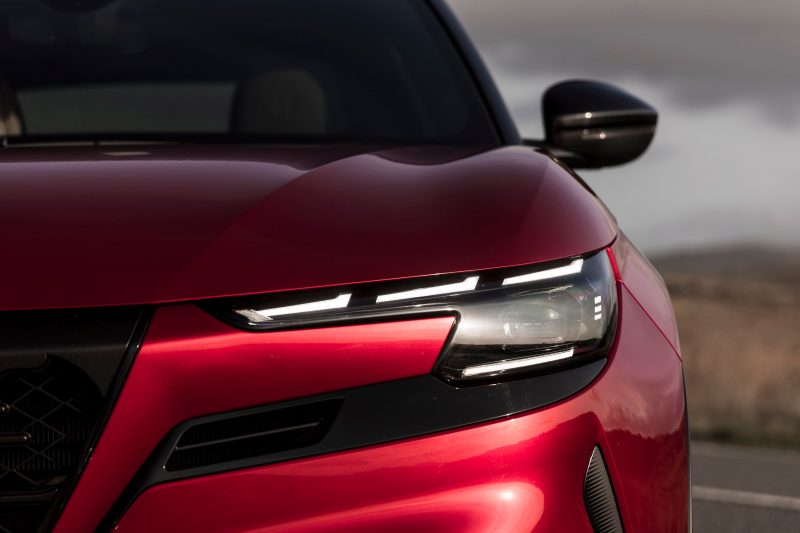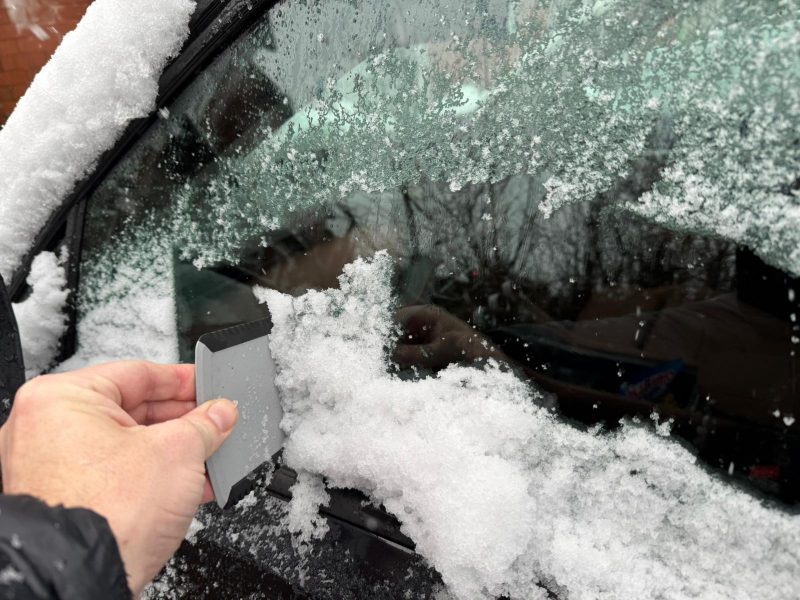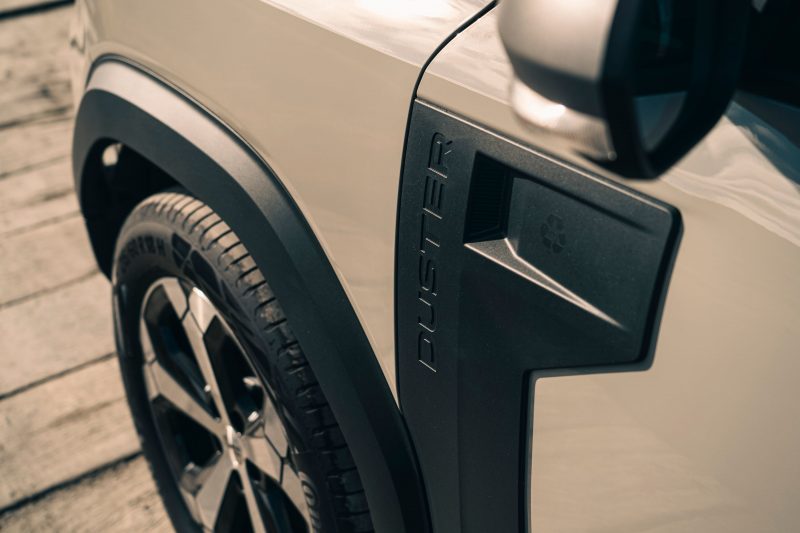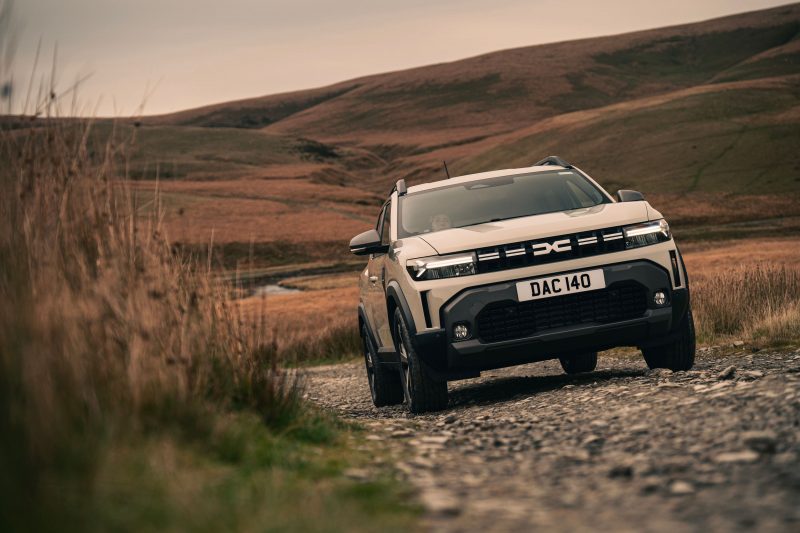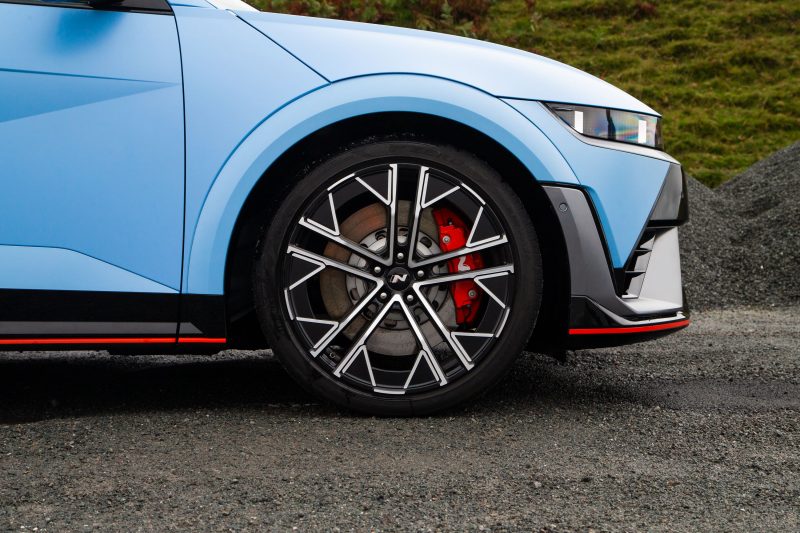A midlife refresh has made the car almost flawless, with Toyota ironing out all the imperfections of the old model. Cameron Richards has driven it.
What is it?

When you think of homologation specials, it’s the Lancia Delta Integrale and Ford Escort RS Cosworth that spring to mind. So, it wouldn’t seem quite right if you were to say ‘Toyota Yaris’. But, in 2020, the Japanese firm created its GR Yaris as a homologation special – the first of a breed of car that we haven’t seen for nearly three decades.
Featuring four-wheel-drive, a bespoke three-door body style and if you went for the Circuit pack – forged alloy wheels with two limited-slip differentials to make this a rather juicy contender in the hot hatchback market.
Even though it said ‘Yaris’ on its boot lid, the only resemblance to the traditional model were the door mirrors, shark fin antenna and the front and rear tail lights. The rest of the car was completely unique. So, it’s impossible to make the car even better, right? Well, Toyota has given this iconic car a refresh, and we’ve been driving it to find out.
What’s new?

Toyota is one car manufacturer that listens to its customers and decided that for the car’s mid-life facelift, it would iron out as many of the issues of the original to make it as near-flawless as possible.
Some of the issues such as the driving position, the rear-view mirror location and bland looking instrument cluster have all been addressed.
There is a revised front bumper with new tail lights too, along with an additional paint colour and a new eight-speed automatic gearbox option.
What’s under the bonnet?

Powering the car is the same 1.6-litre turbocharged three-cylinder petrol engine that you got in the old car, but now it produces more power and torque. The old version developed 257bhp and 360Nm of torque, whereas this new car produces 276bhp and 390Nm of torque.
That means acceleration has also improved with 0-60mph taking just five seconds, compared to 5.5 seconds in the previous version – but an electronically limited top speed of 142mph remains the same.
What’s it like to drive?
So, after a week driving the revised @ToyotaUK GR Yaris, I can honestly say this is one of best cars I’ve ever driven! It definitely is one of my favourite new cars and will certainly be a future contender to the Cameron Richards Yaris collection. pic.twitter.com/v0HOEJO0Uy
— Cameron Richards (@CamRichards13) January 13, 2025
The GR Yaris’ driving experience is something rather special. That’s because it has its own unique character and no matter where you go, it’s guaranteed to put a smile on your face.
If you push hard, the GR just takes it in its stride with back roads being its best friend. The handling is direct and precise, and thanks to its bespoke four-wheel-drive system, it corners flat and planted, while retaining tonnes of traction. In the wet, the car becomes even more impressive with still the same amount of super glue-like grip levels.
The acceleration is brisk and thanks to the added power and torque, it will leave most supercars in its dust during regular driving. There are new drive modes and a rotary dial that allows for different levels of power to be sent to each axle. We think the best combination is when you put the car in ‘sport’ mode, which sharpens the throttle response and ‘track’ mode – which sends 60 per cent of its power to the front wheels when entering a corner and 70 per cent to the rear when leaving it for better traction.
The suspension has been revised with the car’s ride now smoother and more composed than before. Plus, the chassis has been stiffened with added spots welds and you can feel it as you push on.
How does it look?

As it sits on a bespoke body, the GR Yaris looks like nothing else with its own unique identity. Just like the old model, this new car comes with forged lightweight alloy wheels and a rear spoiler, which is now colour-coded to the car.
You still get the three-door body style with a sloping carbon fibre roof, the front bumper has been redesigned and is split into four different sections to reduce costs of repairs and at the back, the chunky rear wheel arches give the car a bold presence out on the road. The twin-exit exhaust still remains and the GR badging located on the bootlid, front grille and front wings is also present, still.
What’s it like inside?

There have been a lot of changes with this updated version. The driving position is now 25mm lower than it was before and the rear-view mirror has been adjusted higher up to give a greater view of the road ahead.
But, the biggest change is the new digital instrument cluster and squared-off dashboard which angles the climate control and infotainment screen all towards the driver – giving off a 1980s Japanese retro interior vibe.
Unfortunately, the cabin materials used throughout don’t reflect in the car’s price tag – but at least everything is functional with physical buttons. Plus, there are two cup holders, a glovebox and door bins, to make it a little more practical for occupants up front.
Space in the back is limited with even smaller adults struggling for headroom and legroom being rather tight. Also, the boot space is small at only 174 litres, over 100 litres less than in the standard car – due to the location of the battery and four-wheel-drive system.
What’s the spec like?
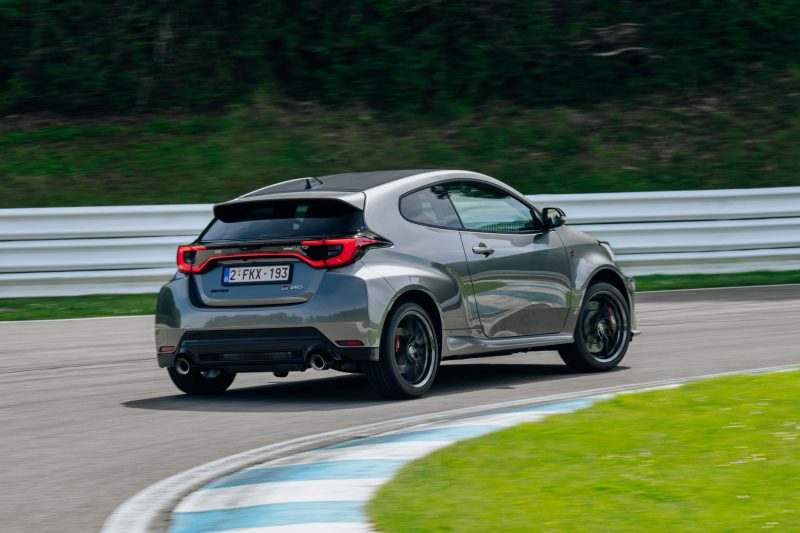
Toyota has cut down the choice of GR Yaris to just one trim level – Circuit – which was the most popular from the old model.
Sadly, the price has now jumped from £33,495 to £44,250 which makes the car rather expensive. If you go for the new eight-speed automatic, the starting price increases to £45,750
All GR Yaris models come with plenty of sporty touches such as privacy glass, a GR front grille, a black front bumper, black door mirrors, a rear spoiler flared rear wheel arches and lightweight forged alloy wheels,
There are also two special edition versions that are named after Toyota Gazoo Racing’s rally drivers including the GR Yaris Ogier and Ravenpera. These models both come in at a rather hefty £60,000 each and offer different styling upgrades and even a ‘Doughnut’ mode on the latter variant.
Verdict
The GR Yaris is a car we need to appreciate in a world of bland SUVs and EVs. This updated hot hatchback is something very special and is by far and away one of the most entertaining and exciting new cars on sale.
Sure, it has its faults and won’t fit into everyone’s lifestyle, but if you love driving and you can put up with its limited practicality – this new and improved GR Yaris will be music to every motoring enthusiast’s ears, and for that reason, this brilliant hot hatchback is in a class of its own.
Facts at a glance
- Model as tested: Toyota GR Yaris Circuit manual
- Price as tested: £45,170
- Engine: 1.6-litre turbocharged petrol
- Power: 276bhp
- Torque: 390Nm
- Top speed: 142mph (limited)
- 0-60mph: 5 seconds
- MPG: 32.5mpg
- CO2 emissions: 197g/km
By Cameron Richards















